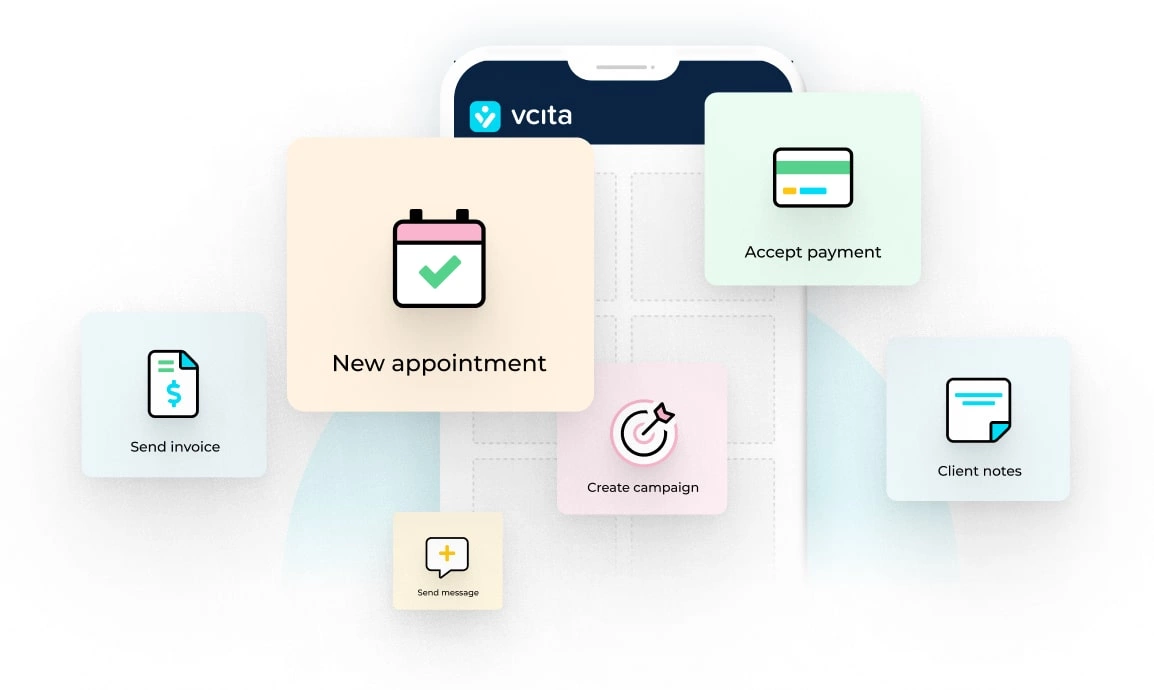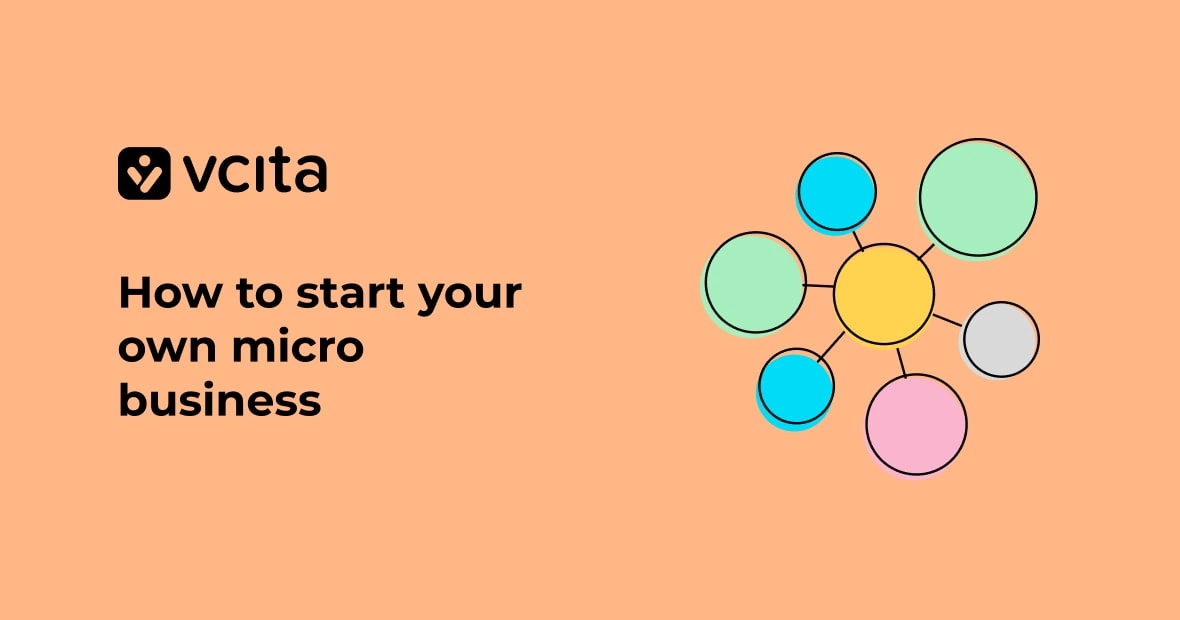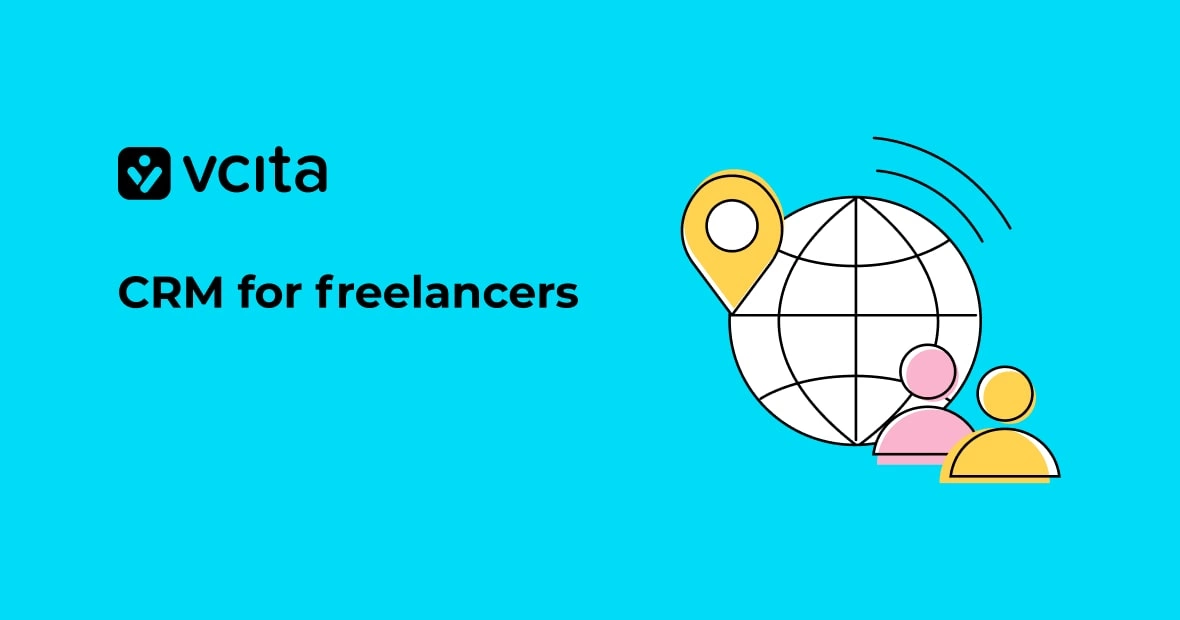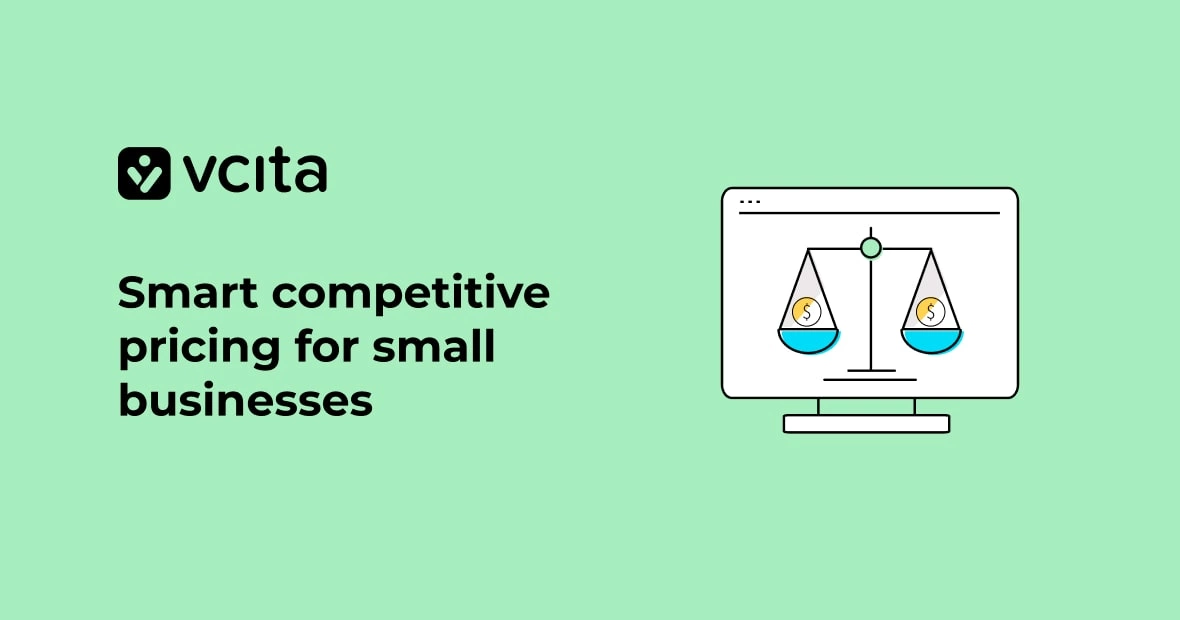Make your next meeting more efficient with a great meeting invitation
All too often, meeting invitations are just a link; they’re the last communication in a chain of emails negotiating the time and content of the meeting. But that’s where ineffective meetings start—and ineffective meetings cost companies billions each year.
A good meeting invitation should summarize all the relevant details in one email, making it easy for everyone to prepare. As a bonus, it will also signal to your clients that you’re coming to this meeting organized and prepared too. Here’s everything you need to know to create your next meeting invitation.
What is the purpose of a meeting invitation?
Meetings are about interaction. The key to writing a good meeting invitation is to think about what that interaction will look like: what information will you communicate? What information do you need from your attendees?
Answer these two questions in a single sentence, and you’ve summarized what your meeting is really for. From there, you’ll be better prepared to write a good meeting invitation that addresses all the key points.
For example, a business consultant might schedule a lunch and learn with a client to propose a new project. Although the presentation would take up most of the time, an important part of the meeting is that it gives the client the chance to ask questions along the way. Including these two points in the invitation will help the consultant see the value of the time they’ll spend. A good summary of this meeting might be:
“Our lunch and learn will give you a detailed look at what we can offer you, with the chance to ask any questions you have along the way.”
As you think about this summary, there’s one question you should ask yourself:
Does this need to be a meeting?
If you can’t think about why you need live attendees, your meeting might be better as an email or even a video recording. Zoom fatigue is real, and your clients will be frustrated if it seems like the meeting is just a reiteration of a sales email or progress report.
Once you’ve determined that you have a case for a meeting and a proper summary, it’s time to structure your meeting request.
How to structure a meeting invitation?
Here are a few of the basics you should include in your email:
An informative subject line: your subject line should be as informative as possible, but not too long. Include the meeting subject, time, and location so your attendees can see all the important information without even opening their inbox.
The right greeting: Choose a tone that matches the tone of your meeting. When you’re meeting to address serious issues, adopt a more formal tone—but don’t be afraid to write a fun invitation for staff meetings, fun presentations, and appreciation events!
Your summary: This is your summary from the section above. Even if your recipient knows roughly what the meeting is about, a brief sentence about the meeting content will jog their memory and help them prepare.
Date, time, and location: Even if your Zoom or calendar invite has this info embedded in it, include the date, time, and location (whether digital or physical) in the body of the email too. Doubling up on this information will help ensure that your attendees don’t accidentally skim over it.
Estimated length: Where possible, estimate the length so that your attendee can plan their day. If the meeting starts to go over the scheduled time, you can both decide at that time whether you want to continue, or whether to schedule another meeting to continue the conversation.
RSVP: By committing to the meeting beforehand, your attendees will be less likely to back out at the last minute. If you’re ordering catering for the meeting, this is a good time to ask for any of your attendees’ dietary restrictions!
Possible extras:
Different types of meetings require different levels of preparation. Here are a few extra things you might include in the invitation based on how you expect the information to flow in your meeting.
Supporting documents: These are a good idea for meetings that are primarily about you informing your attendees—think presentations, lunch and learns, proposals, and workshops. Your attendees will be able to review what you’ve sent and come prepared with questions for you.
Meeting agenda: Agendas are especially useful when there’s a lot of back-and-forth planned, like problem-solving or planning meetings. That’s because when your meeting is mostly a two-way conversation, it’s easy to get derailed and start discussing things that don’t relate to the main goal of the meeting. HBR recommends creating agendas that focus on questions rather than topics.
Preliminary questions: Some meetings are mostly about gathering information from a client, like gathering background information or following up to see how your service worked out for them. In these cases, it’s a good idea to include some questions for clients to think about beforehand, so they don’t feel put on the spot.
Share a digital business card: Streamline communication by attaching a digital business card to your invitation. Share the essential contact details in one accessible place, making it easier for participants to save your information and get in touch if needed. By leveraging AI business card templates, you can create a professional and impactful digital business card.
Meeting invitation templates
To help you get started, here are some meeting invitation templates for a few common meeting types. If you’re scheduling a one-on-one meeting, it’s always a good idea to include a personalized greeting that touches on previous conversations.
Proposal meetings
Proposal meetings are all about making a great first impression, and part of doing that is sending your client all the information they need up front. Here’s one great way to structure a proposal meeting invitation:
“Hi [Client team],
Thanks for your interest in [your business]! My proposal presentation will cover [topics x, y, and z] so you have the opportunity to ask questions about all aspects of the project.
I’m including Zoom invite for our meeting on [day] at [time], for [length of meeting]. Also attached is my proposal that covers project milestones, timelines, and budgets.
If you’re able to attend, please RSVP.
Thanks,
[Your name]”
Project kickoff meetings
Project kickoff meetings help you clarify the scope, timeline, and other details of a new project. These meetings are especially useful in business situations where there are a lot of stakeholders in your project—some of whom may not have been at the proposal meeting.
“Hi [Client team],
I’d like to welcome you to the [your business, project name] kickoff meeting on [day] at [time]. Our goal for this meeting is to clarify all the important details before we get started.
Here is a breakdown of what we’d like to discuss:
[Agenda point 1] – [approximate length]
[Agenda point 2] – [approximate length]
[Agenda point 3] – [approximate length]
We hope to address any questions or concerns you may have regarding the project. Please RSVP to let me know whether you’ll be able to attend.
Regards,
[Your name]”
Status update meetings
Status update meetings are regular meetings that happen throughout the course of working on a project. Since you already know your client by this point, they’re often more informal and don’t need as much explanation. For example, you may both already know how much time these meetings take if you’ve had several of them in the past.
“Hi [Client],
Just reaching out about our regularly scheduled update for [day] at [time]. I’d like to take this chance to discuss [project talking point] and anything else you’d like to address. Please see the attached zoom link, and let me know if you have concerns that come up in the meantime.
Thanks,
[Your name]”
Problem solving meetings
What happens when there’s a more specific, pressing problem? Reach out and schedule a problem solving meeting. When the problem is something with high material or emotional stakes, it’s important to be organized to stay on track.
“Hi [Client],
I’m sending you an invite to our upcoming meeting on [day] at [time] to discuss [specific project issue]. I’m scheduling an hour for this meeting, during which I’m hoping to discuss the following with you:
[Agenda point 1] – [approximate length]
[Agenda point 2] – [approximate length]
[Agenda point 3] – [approximate length]
If you have any other talking points you’d like to add to this agenda, please let me know!
Regards,
[Your name]”
Follow up meetings
Follow-up meetings are great for getting feedback to help you improve your service offerings. For these meetings, prepare a few questions for your client to answer beforehand so you can discuss them when you meet.
“Hi [Client],
I’d like to take this opportunity to thank you for your business! It has been a pleasure working with you. Please note our upcoming follow up meeting for [project] on [day] at [time]. If you have time, I hope you’ll come prepared to answer the following questions:
[Question #1]
[Question #2]
{Question #3]
Thanks again, and I look forward to speaking with you soon! Please RSVP to confirm that this time works for you.
Regards,
[Your name]”
How to send a meeting invitation email
Meeting invitations are easiest to manage when you’re sending them with automated scheduling software like vcita. You can create Zoom links automatically when you schedule meetings with clients, and if your clients need to reschedule, they can schedule a time that works for them—right from your meeting invite!
A few other points to consider:
- Don’t send the invitation too early or too late: ideally, give people enough time to prepare, but not so much time that they forget what the meeting was about in the first place!
- Invite only the key stakeholders: If your client is a larger company, extend an invite to the key stakeholders and let them decide whether or not the whole team needs to be there.
- Follow up after: following up to thank your attendees is a nice touch. Send along any meeting minutes or useful information you think your client would appreciate.
Most business owners spend a good chunk of time preparing for meetings, but many of them spend almost no time on their meeting invitations! Spend a little time on yours, and you’ll start your meeting on a positive note before it even begins.




























